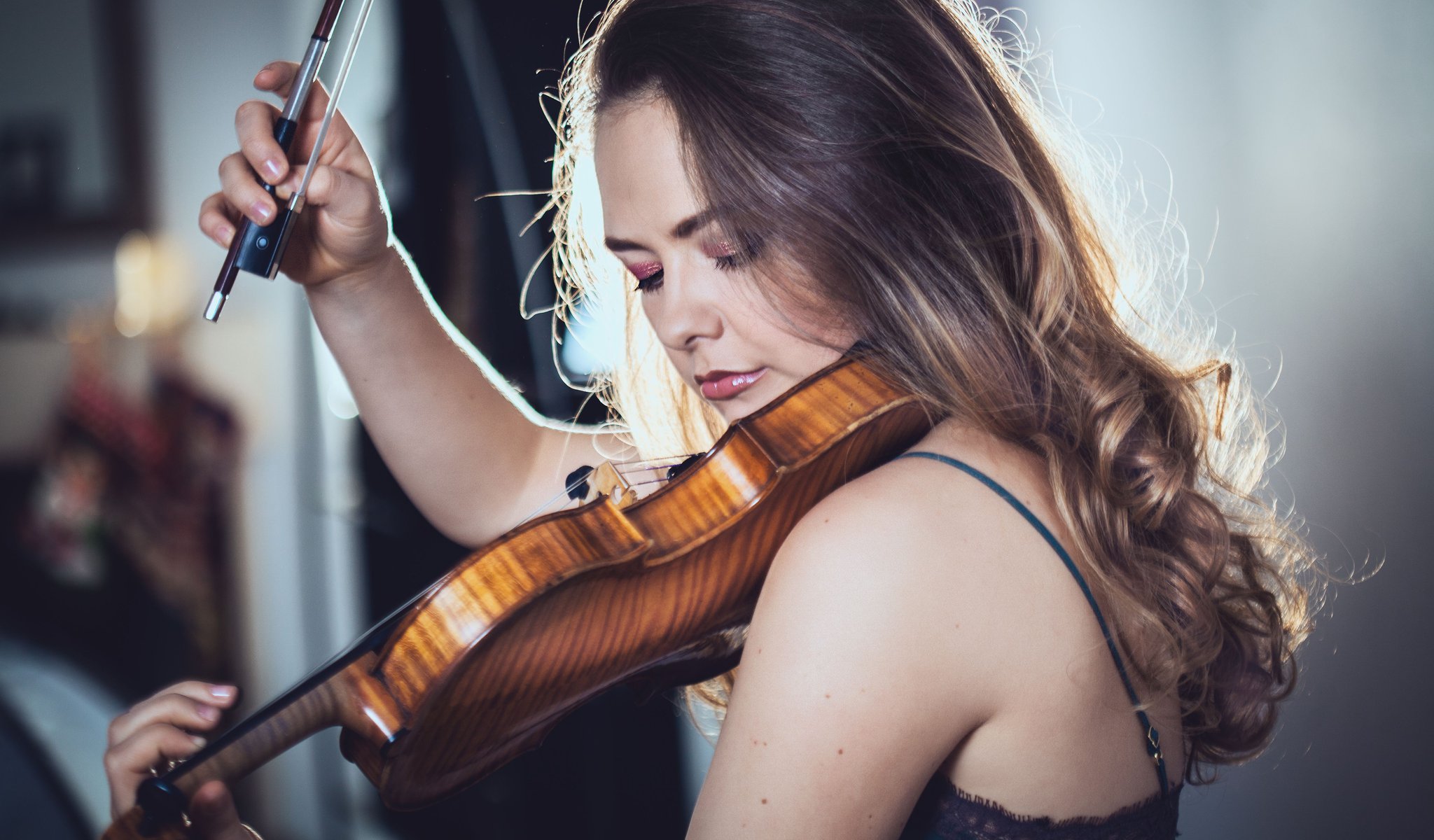
Program
Joseph Haydnbio:
Symphony No. 22 in E-flat major (“The Philosopher”), Hob. I:22
Wolfgang Amadeus Mozartbio:
Adagio in E major for Violin and Orchestra, K. 261
Violin Concerto No. 1 in B flat major, K. 207
INTERVAL
Wolfgang Amadeus Mozartbio:
The Impresario – Overture, K. 486
Symphony No. 34 in C major, K. 338
Featuring
Other information
The event is about 2.5 hours long.
About the event
The greatest hits of the 60s, 70s and 80s! No, this is not about a pop music radio. This is about the latest concert in the Haydn-Mozart Series of Gábor Takács-Nagy and the Festival Orchestra. Because when the conductor – famous for his precision and glowing enthusiasm – leads the BFO, even the most rarely performed pieces of the Viennese masters will become unforgettable, catchy tunes. In this program, Haydn’s symphony with unique instrumentation will be followed by a diverse group of Mozart’s works. The alternative slow movement written for the last violin concerto and the first Mozart piece for violin and orchestra will be performed with the solo of Moldavian violinist Alexandra Conunova, praised in the Strad for her “impressive range of colors”, and then, after the overture to a comedy, the concert will conclude with the symphony utilizing the brightness of C-major to the greatest possible extent.
A distinctive feature of Haydn’s Symphony No. 22 is that instead of flutes and oboes, the wind section has pairs of English horns and horns. In the first movement, the moniker of “The Philosopher” seems entirely apt for the wise dialogue of the instruments with natural and shaded tones, for which the atmosphere of quiet contemplating is created by the “walking” strings. The slow opening movement reflects Baroque traditions, however, the musical language is unmistakably Classical.
In 1776, the principal violinist of the Salzburg Court Orchestra, Antonio Brunetti, found the slow movement of Mozart’s violin concerto too long and contrived and ordered a new one from his colleague. The Adagio has become a popular single concert piece, but the original movement was not proven inferior either, as the concerto has always been performed with it, as it will be this time by Takács-Nagy and the BFO.
Although they were also played by Brunetti, Mozart composed his violin concertos basically for himself. He was only 17 when he wrote the first one. The piece is characterized by an abundance of melodies, virtuoso violin phrases and impressive instrumentation. Here, the violin does not yet want to grab the limelight from the orchestra, allowing it to introduce all the themes.
The rarely performed violin concerto will be followed by the overture to a rarely heard Singspiel. In 1786, Joseph II commissioned Mozart with a one-act play. The composer wrote five numbers for Gottlieb Stephanie’s comedy, which evolved around the problems of creating a theatre company and casting the roles. All this happened during a highly creative period of Mozart, in the year when The Marriage of Figaro was composed.
14 crossed-out bars – that is all that is left from the minuet of Mozart’s Symphony No. 34. The composition planned to have four movements was eventually left with only three, still representing the most modern traditions. The opening movement begins with a surprise, as here Mozart, who was always generous with melodies, does not present any real theme for 40 measures, setting only the atmosphere. After the highly symmetrical middle movement concerning the direction of the melodies, the piece is concluded with a finale in the tone of comic operas.
Did you know? Haydn composed his symphony in 1764, Mozart wrote his Adagio in 1776 and his Violin Concerto probably in 1773, while the musical comedy, The Impresario premiered in Vienna on February 7, 1786, and Mozart composed Symphony No. 34 in 1780. The Adagio was last performed by the Festival Orchestra in Budapest on April 16, 2000 (soloist: Gyöngyvér Oláh, conductor: Domonkos Héja), the Violin Concerto on April 2, 2016 (soloist: Kristóf Baráti, conductor: Gábor Takács-Nagy), the overture on April 9, 2005 (conductor: Bruno Weil), and the Mozart symphony on February 5, 2007 (conductor: Tõnu Kaljuste). Haydn’s symphony will be featured in the program of the orchestra for the very first time.
Contemporary events The book History of the Art of Antiquity written by the German art historian, Johann Joachim Winckelmann was published in 1764 / The English painter, Thomas Gainsborough painted Johann Christian Bach’s portrait in 1776 / The Scottish philosopher and economist, Adam Smith published his work The Wealth of Nations in 1776 / on December 16, 1773 the so-called ‘Boston tea party’ took place, it was a sign for the general uprising against the British, and was a contributing factor to the outbreak of the American War of Independence in 1775 / on May 1, 1786 Mozart’s opera, The Marriage of Figaro premiered in Vienna / ‘The Education of Humankind’, the most well-known work of the German writer, philosopher, Gotthold Ephraim Lessing was published in 1780
